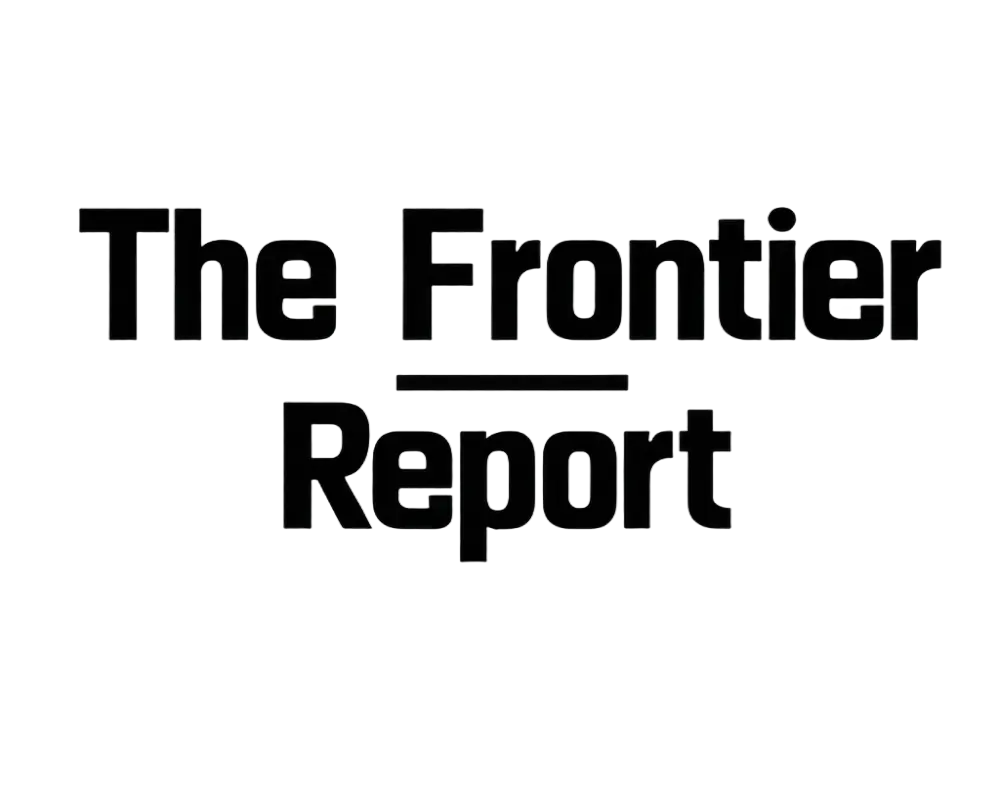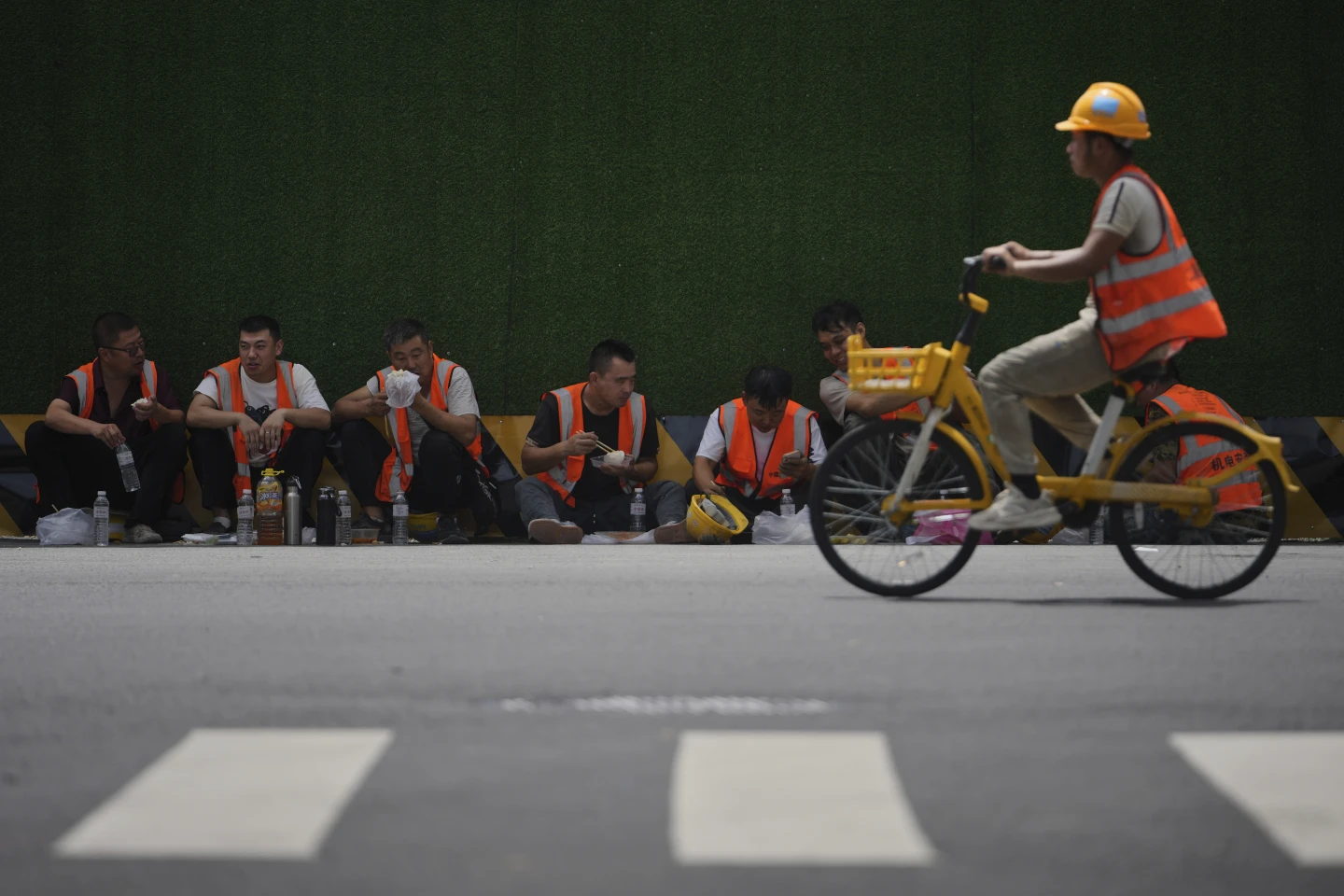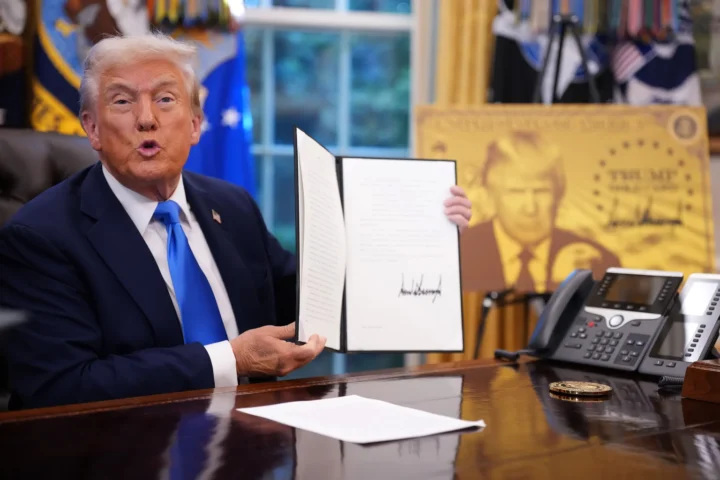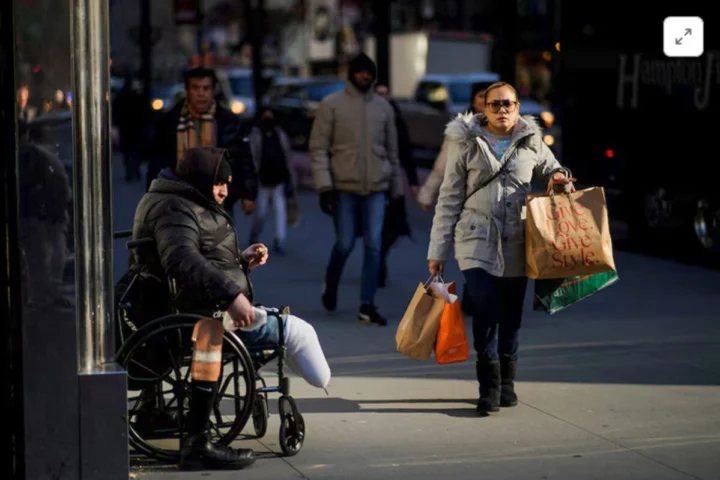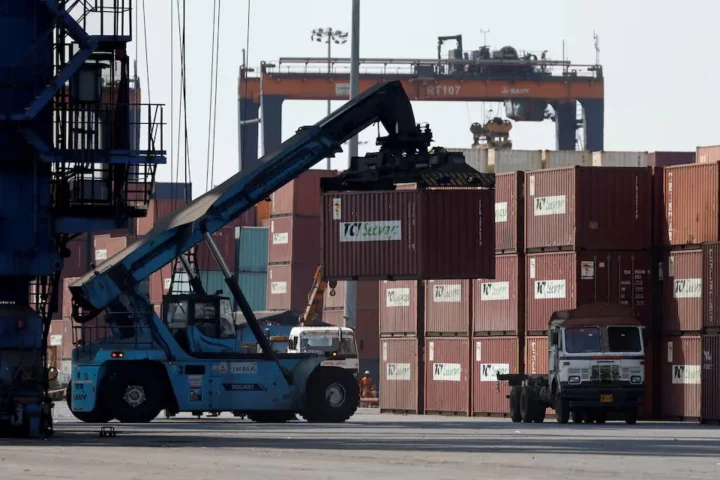China’s economy latest numbers are a mixed bag—and not a good one. July brought a short-term boost in exports, but the bigger picture shows weakness almost everywhere else. Industrial output rose 5.7% from a year earlier, but that was the slowest pace in eight months. Retail sales grew just 3.7%, the weakest since late 2024. Fixed-asset investment from January to July rose only 1.6%. And unemployment nudged up to 5.2%.
Prices added more red flags. Producer prices dropped 3.6%, a clear sign of factory oversupply and weak demand. Consumer prices rose slightly, but there’s still no sign of strong inflation—the kind that reflects confident spending.
Exports looked strong at first glance, jumping 7.2% in July. But the surge came from companies rushing to ship goods during a 90-day tariff pause between the U.S. and China. It was front-loading—get it out now before things get messy again. This won’t last. Imports also improved, but that came from restocking raw materials, not from consumers buying more.
The trade truce gave companies time. But it didn’t solve their problems. Global demand is soft. The U.S. is unpredictable. And Chinese firms still face tight margins, especially in crowded sectors like electric vehicles and battery production. Yes, July helped their cash flow—but unless domestic demand picks up, businesses won’t hire or expand.
China Real Estate Is Still a Mess
Housing is the economy’s biggest dead weight. Property investment fell around 12% so far this year. Home prices are slipping—down 0.3% from June, nearly 3% year over year. Sales are weak. Empty homes are piling up. Developers can’t get enough financing. And people are holding back on big purchases.
The government has tried to patch things up—cutting down-payment requirements, easing purchase rules, and giving developers help to finish projects. But it’s not enough. Homebuyers want solid proof that buildings will be completed and that prices won’t crash after they buy. Until then, they’re sitting on their savings.
Credit data reflects this caution. In July, new yuan loans actually shrank—the first time that’s happened in about two decades. That’s not just seasonal. It’s a warning sign. Even with low interest rates, people aren’t borrowing. Businesses aren’t investing. The appetite just isn’t there.
Companies are asking banks for short-term working capital—not long-term loans for new projects. Outside of a few big cities, mortgage demand is thin. And with housing shaky, related industries—like steel, cement, and furniture—stay in the dumps.
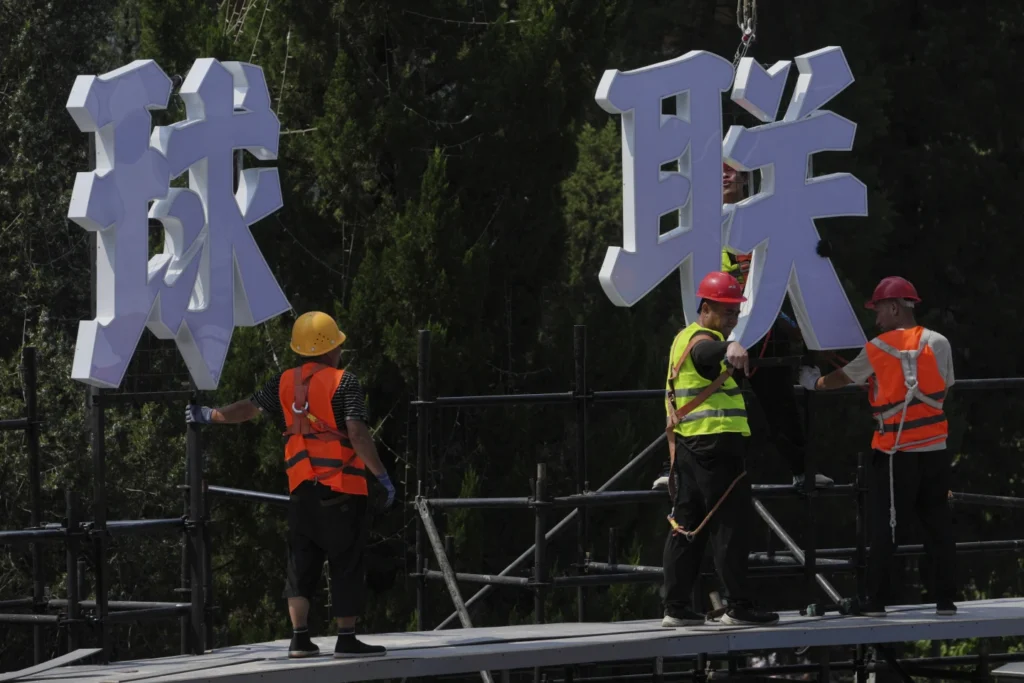
What to Watch: Credit, Housing, and the Tariff Clock
Beijing isn’t going big on stimulus. No rate cuts across the board, at least not yet. The central bank is trying to avoid weakening the currency. Instead, the focus is on targeted help: loans for small factories, support for pre-sold homes, and easing rules just enough to get developers breathing room.
The next few months are critical. If credit picks up—especially long-term business loans—it could signal that companies are planning for the future. If not, it’s more of the same: patchwork support, no real momentum.
Watch bond issuance too. Local governments might pump out infrastructure spending to keep things moving, but if it crowds out private investment, the effect won’t last.
The 90-day trade pause with the U.S. ends in mid-November. If talks go south, exports will take a hit. And the July bump will fade fast. Factories are already bracing for a slowdown.
Bottom line: July gave a sugar rush from exports—but the core problems haven’t changed. Housing is broken. Credit is weak. Confidence is low. China can still hit its growth target, but only if it stabilizes housing and gets credit flowing where it matters. The clock’s ticking.

